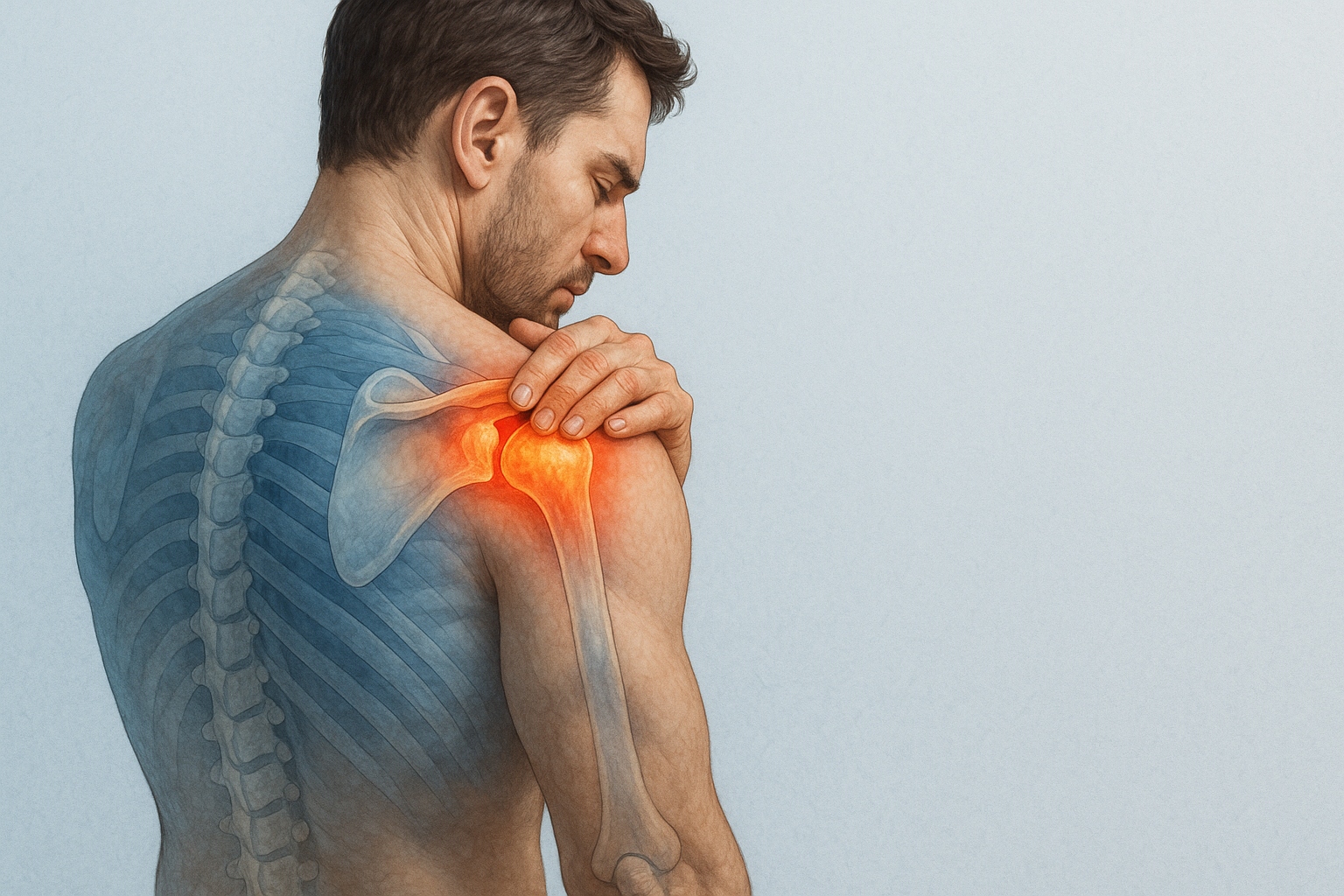Shoulder pain is a common issue that can disrupt work, hobbies, and even restful sleep. By understanding the causes of shoulder pain, you can take proactive steps to manage symptoms, prevent worsening, and find lasting relief. This guide explores the most frequent culprits—ranging from injuries and arthritis to shoulder bursitis.
Table of Contents
- Introduction to Shoulder Pain
- Common Shoulder Injuries
- Dislocations, Sprains, and Strains
- Frozen Shoulder and Rotator Cuff Tears
- Arthritis in the Shoulder
- Understanding Shoulder Bursitis
- FAQs
- Conclusion
Introduction to Shoulder Pain
The shoulder is a complex joint with an exceptional range of motion. While this flexibility allows us to reach, lift, and rotate with ease, it also makes the shoulder more vulnerable to injuries and degenerative conditions. Identifying the root causes of shoulder pain is the first step toward proper treatment and long-term relief.
Common Shoulder Injuries
Because of its mobility, the shoulder is susceptible to both sudden trauma and chronic overuse injuries.
Dislocations, Sprains, and Strains
Falls, quick movements, or accidents often lead to shoulder dislocations, sprains, or strains. These injuries typically result in:
- Sudden, sharp pain
- Swelling and inflammation
- Limited mobility and difficulty lifting the arm
Frozen Shoulder and Rotator Cuff Tears
Some shoulder problems develop more gradually. Frozen shoulder (adhesive capsulitis) causes stiffness and reduced range of motion, often lasting months. Meanwhile, rotator cuff tears—either partial or complete—occur due to repetitive strain, aging, or acute injury. Both can significantly limit daily activities if left untreated.
Arthritis in the Shoulder
Arthritis in the shoulder is a common cause of chronic pain, especially in individuals over 50. However, it can also result from prior injuries or overuse earlier in life. Key symptoms include:
- Deep, aching shoulder pain
- Swelling around the joint
- Stiffness, particularly in the morning or after inactivity
While arthritis cannot be reversed, treatments focus on managing symptoms and maintaining joint function.
Understanding Shoulder Bursitis
Shoulder bursitis occurs when the bursa—small, fluid-filled sacs that cushion the joint—becomes inflamed. This often develops from repetitive motion or direct trauma. Symptoms include:
- Tenderness at the top of the shoulder
- Swelling and warmth in the area
- Pain that worsens with overhead activity
Proper rest, anti-inflammatory measures, and physical therapy can usually help resolve the condition.
FAQs
What are the most common causes of shoulder pain?
The leading causes include acute injuries (dislocations, sprains, strains), chronic conditions such as frozen shoulder or rotator cuff tears, arthritis, and shoulder bursitis.
How is shoulder pain diagnosed?
Doctors use a combination of medical history, physical examination, and imaging tests like X-rays, ultrasound, or MRI to determine the underlying cause.
How is shoulder pain treated?
Treatment varies depending on the cause. Options range from rest, physiotherapy, and medications to injections or surgery in severe cases.
Conclusion
Knowing what’s behind your shoulder pain is the first step toward lasting relief. From sports injuries to joint conditions, there are effective treatment options to improve strength and flexibility. The orthopedic and physiotherapy experts at Burjeel Hospital Abu Dhabi combine advanced diagnostics with expert physiotherapy to ensure a faster, more complete recovery. Don’t let shoulder pain hold you back—get the right care today.
Book your consultation now and start your journey toward pain-free movement.







